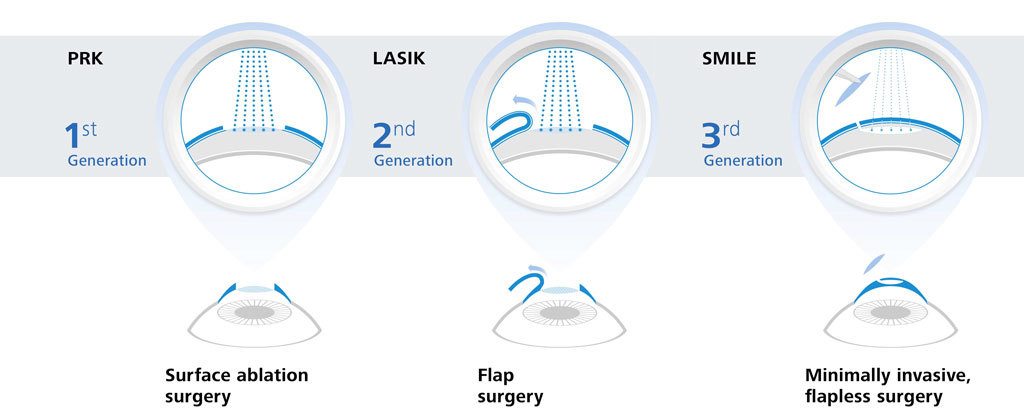The Future Of Correcting Vision: Refractive Lens Exchange

Web Content Composed By-Fallesen Kaae
Visualize a future where you no longer need to rely on glasses or call lenses to see clearly. A future where vision adjustment is as straightforward as a fast, painless treatment.
Well, that future is closer than you might assume. Introducing refractive lens exchange, a revolutionary technique to fixing your vision that might alter the method you see the globe.
Yet what exactly is refractive lens exchange, and why is it thought about the future of vision adjustment? In this conversation, we will discover the advantages, the treatment, and the prospective dangers of refractive lens exchange, giving you a look right into what lies ahead for those looking for more clear vision.
The Benefits of Refractive Lens Exchange
Refractive Lens Exchange provides numerous advantages for individuals seeking vision improvement. By replacing your natural lens with a synthetic intraocular lens, this treatment can deal with a wide variety of vision problems. Among the major benefits of refractive lens exchange is the improvement in visual acuity. Whether you're nearsighted, farsighted, or have astigmatism, this procedure can substantially enhance your capability to see plainly without counting on glasses or call lenses.
Additionally, refractive lens exchange can likewise stop the progression of certain eye problems, such as cataracts. This suggests that not just will you achieve far better vision, however you'll also have actually a reduced danger of establishing cataracts in the future.
With refractive lens exchange, you can enjoy improved vision and a better of life.
The Treatment for Refractive Lens Exchange
When undertaking refractive lens exchange, the cosmetic surgeon will certainly begin by making a small laceration in your cornea. This allows them to access the lens of your eye and remove it.
Right here are 5 essential actions associated with the treatment:
- The specialist will thoroughly break up the lens making use of ultrasound waves or lasers.
- After getting rid of the lens, they'll insert a brand-new artificial lens, called an intraocular lens (IOL), into your eye.
- The IOL is designed to fix your particular vision issues, such as nearsightedness, farsightedness, or astigmatism.
- Once the brand-new lens remains in place, the cosmetic surgeon will certainly close the incision with tiny stitches or self-sealing techniques.
- The whole treatment usually takes less than half an hour and is typically executed on an outpatient basis.
Adhering to these steps, refractive lens exchange can offer you with enhanced vision and reduce your dependence on glasses or get in touch with lenses.
Possible Threats of Refractive Lens Exchange
Before going through refractive lens exchange, it is essential to understand the potential risks associated with the procedure. While refractive lens exchange is normally considered secure, like any kind of procedure, there are risks entailed.
One prospective threat is infection, which can take place if germs goes into the eye during or after the surgical treatment. An additional risk is the advancement of boosted intraocular pressure, which can bring about glaucoma. Additionally, there's a small chance of experiencing corneal edema, which is the swelling of the cornea.
https://squareblogs.net/wendolyn2519linwood/letting-loose-the-power-of-evo-icl-a-groundbreaking-vision-improvement-option include retinal detachment, macular edema, and loss of vision. It's important to discuss these risks with your surgeon and evaluate them versus the prospective advantages before making a decision.
Final thought
So there you have it, people! Refractive lens exchange is truly the future of vision improvement. With its numerous advantages and improvements in modern technology, this procedure provides a life-changing option for those having problem with their vision.
However remember, every rose has its thorns. While refractive lens exchange may bring clarity, it is very important to be aware of the possible risks included. So, prior to taking the leap, consider the benefits and drawbacks, and speak with your ophthalmologist.
After https://ehealth.eletsonline.com/2019/08/lasik-eye-surgery-all-you-need-to-know/ , better secure than sorry!

